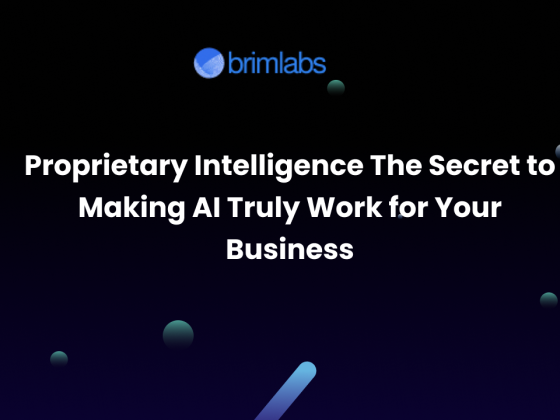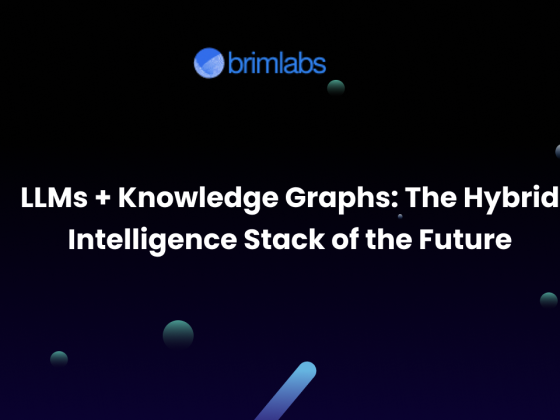Financial data has always been both the most valuable and the most sensitive category of information. Every transaction, balance sheet entry, and trading signal reveals something about behavior, performance, and risk. Yet this richness also creates one of the toughest tradeoffs in modern finance. How do institutions unlock data-driven innovation without breaching privacy or regulatory compliance? The rise of synthetic data provides an elegant answer to this dilemma by enabling financial analytics and AI development without exposing real customer information.
The Problem of Data Privacy in Finance
Financial institutions operate in a constant tension between innovation and confidentiality. Banks, insurers, and fintech firms generate petabytes of data every day, but strict laws like GDPR, CCPA, and PCI DSS restrict how this data can be used or shared. Even internal collaboration between departments can trigger compliance issues if sensitive identifiers are mishandled.
The result is that many data science teams in finance are forced to work with either anonymized or heavily masked datasets. While these methods offer some protection, they also destroy key patterns that models depend on. Removing personally identifiable information often erases correlations between variables such as income, location, or transaction type. What remains is data that is safe but statistically crippled.
Synthetic data bridges this gap by creating new datasets that mirror the statistical properties of the original while containing no real personal information.
What Synthetic Data Means for Financial Systems
Synthetic data is artificially generated data that replicates the patterns, distributions, and relationships found in real datasets. It is created using machine learning techniques such as generative adversarial networks (GANs), variational autoencoders (VAEs), or diffusion models. These models learn from the real data and then produce entirely new records that follow the same mathematical structure but do not correspond to any individual.
In finance, this means that institutions can simulate realistic datasets of transactions, loan applications, or market behaviors without touching real client information. The data behaves as if it were real, but privacy remains intact because no actual customer’s data is ever exposed.
Synthetic data is not just an alternative to real data. It is increasingly becoming the foundation of secure, collaborative, and innovation-friendly finance ecosystems.
Applications of Synthetic Data Across Financial Use Cases
- Credit Scoring and Risk Modeling
Financial institutions depend on large datasets to predict the probability of default and assess creditworthiness. Synthetic data allows model developers to train and test algorithms across diverse demographics without breaching privacy laws. It also enables better inclusion by allowing balanced datasets to be created for underrepresented groups. - Fraud Detection and Transaction Monitoring
Fraudulent behavior is rare by nature, making it difficult to model. Synthetic data helps simulate realistic fraudulent and non-fraudulent scenarios at scale. This allows anti-money laundering (AML) systems and real-time fraud detection engines to become more accurate and less biased. - Algorithmic Trading and Quantitative Research
Synthetic market data can replicate years of trading patterns or simulate extreme market conditions that rarely occur in real life. Traders and quants can stress-test algorithms against these synthetic events to evaluate risk exposure and improve trading strategies. - Data Sharing and Collaboration
Traditional data sharing between banks, fintech startups, and regulators is highly constrained. Synthetic data enables collaboration across institutions without exposing real accounts, transactions, or customer profiles. It creates a safe sandbox for experimentation, testing, and model validation. - Model Validation and Benchmarking
Regulatory bodies and internal compliance teams can use synthetic data to validate machine learning models without accessing confidential information. This makes audits faster and less risky.
Advantages of Synthetic Data in Financial Systems
- Regulatory Compliance and Data Security
Since synthetic data does not contain any real customer identifiers, it falls outside the scope of most privacy laws. It reduces the risk of data leaks and simplifies cross-border data sharing. - High Fidelity and Accuracy
Unlike traditional anonymization, synthetic data preserves the correlation structures between features. For example, income levels remain correlated with spending patterns, ensuring that model accuracy is not compromised. - Scalability and Diversity
Synthetic data can be generated in unlimited quantities, allowing for robust training of AI models even in cases of limited historical data. It also supports balanced datasets, reducing bias and improving model fairness. - Innovation Enablement
By making it safe to experiment, synthetic data encourages faster development cycles and wider adoption of AI in finance. Fintech startups can prototype solutions without waiting for regulatory clearance to use live data. - Reduced Operational Cost
Maintaining secure data storage and compliance monitoring is expensive. Synthetic data cuts down these costs by minimizing dependency on real, sensitive information.
Challenges and Considerations
While synthetic data offers significant promise, it also introduces new challenges that must be managed carefully.
- Quality Assurance
Synthetic datasets must retain statistical precision. If the synthetic data diverges too far from reality, models trained on it can perform poorly in production. Continuous validation against real-world benchmarks is essential. - Bias Replication
If the original data contains hidden biases, the synthetic data may reproduce them. This can lead to unfair or discriminatory financial decisions. Institutions need bias detection mechanisms during generation and validation. - Model Complexity and Cost
Generating high-quality synthetic data often requires advanced generative models and computational resources. Smaller fintechs may find it challenging to set up robust pipelines. - Regulatory Acceptance
Although synthetic data aligns with privacy objectives, regulators are still catching up in defining clear frameworks for its use. Ensuring transparency in the generation process and maintaining traceability are crucial for compliance.
Emerging Technologies Powering Synthetic Data in Finance
Modern advancements in AI have made synthetic data generation both precise and practical. Some of the most influential technologies include:
- Generative Adversarial Networks (GANs)
GANs use two neural networks that compete against each other to produce realistic data samples. They are widely used for generating transaction and time-series data in finance. - Variational Autoencoders (VAEs)
VAEs create compressed representations of data and then reconstruct new variations that follow the same statistical patterns. They work particularly well for credit scoring and portfolio analysis. - Diffusion Models
These models progressively transform noise into structured data, producing highly accurate outputs. They are becoming popular for simulating complex market behaviors and asset price movements. - Federated Learning and Secure Multiparty Computation
Synthetic data can be integrated with federated learning systems that allow models to train across multiple institutions without centralizing data. This adds another layer of privacy and security.
The Future of Financial Data Management
Synthetic data is redefining how the financial industry handles privacy, collaboration, and innovation. As institutions integrate AI more deeply into their operations, the demand for safe yet realistic data will grow rapidly. Synthetic data enables a future where risk models, customer analytics, and compliance systems can evolve continuously without compromising privacy.
Regulators are also beginning to recognize its potential. Initiatives in Europe, the UK, and the US are exploring frameworks that classify synthetic data as a privacy-preserving innovation rather than a gray area. As governance standards mature, synthetic data is likely to become the default approach for AI model training and testing in finance.
Conclusion
Synthetic data represents a paradigm shift in financial data management. It allows institutions to innovate without fear of violating privacy regulations, ensuring that precision and protection coexist. By generating data that behaves like the real thing while safeguarding individuals, financial organizations can unlock a new era of secure AI-driven insights. It bridges the long-standing gap between compliance and creativity, enabling smarter decisions and faster progress.
At Brim Labs, we help financial enterprises build secure, AI-powered ecosystems using synthetic data generation and validation frameworks. Our solutions combine data privacy, statistical accuracy, and compliance readiness, empowering teams to innovate responsibly while staying ahead in a data-first financial world.
Bokep Indonesia Bokep Jepang Jav Bokep jilbab Bokep Indonesia Terbaru Bokep Indonesia Viral BOKEP VIRAL Bokep Jepang Jav BOKEP INDONESIA BOKEP INDO SLOT GACOR SLOT GACOR









